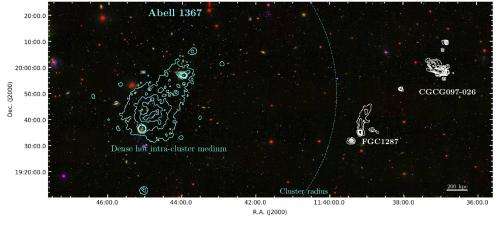

This assumption did not hold up to verification and this is no longer considered a viable path to explaining the formation of the first planetesimals.

It was once believed that dust grows through sticking collisions all the way up to km-size planetesimals. While the details of each case may vary, planetesimals generally start out as growing dust aggregates in protoplanetary disks ( Blum & Wurm 2008 Johansen et al. This paper is focused on the fragile nature of planetesimals. Key words: protoplanetary disks / planet–disk interactions / planets and satellites: dynamical evolution and stability Since destruction typically occurs at small stellar distances due to supersonic speeds, it is expected to boost pebble accretion in the inner protoplanetary disk as one of its main effects. After the destruction of a planetesimal, the remaining matter is continuously redistributed to the pebble reservoir of the protoplanetary disk. At all times, it is shown that only planetesimals on more or less circular orbits exist in the inner disk. We present a toy model of planetesimal motion and destruction to show the key aspects of this process. What we suggest in this work is that starting at times of viscous stirring, planetesimals on eccentric orbits could simply explode as they become supersonic in comparison to small, porous planetary bodies entering Earth’s atmosphere. However, at later times, they are also thought to provide background populations of mass that larger bodies might feed upon. They form the evolutionary steps of dust growth in their own respect. University of Duisburg-Essen, Faculty of Physics,Į-mail: pebble-sized objects and large bodies of planetesimal size both play important roles in planet formation.

Tunahan Demirci, Niclas Schneider, Jens Teiser and Gerhard Wurm


 0 kommentar(er)
0 kommentar(er)
